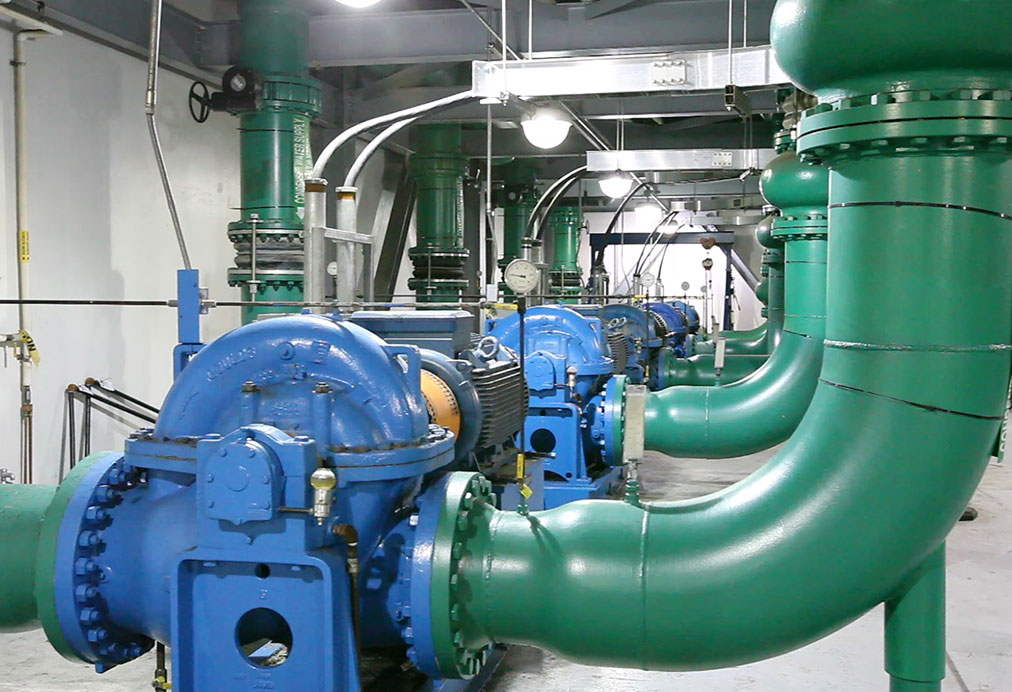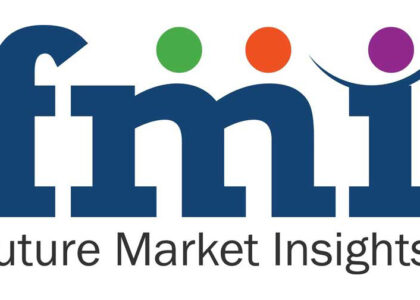The district cooling market is poised for substantial growth, projected to surge from USD 29.2 billion in 2023 to a remarkable USD 63.2 billion by 2033, reflecting a robust Compound Annual Growth Rate (CAGR) of 8.0% from 2023 to 2033.
The escalating demand for district cooling solutions is closely intertwined with the pressing environmental challenges posed by global warming. Observable impacts of climate change, such as earlier tree blooming, premature ice melting on rivers and lakes, and rapid glacier recession, underscore the urgent need for sustainable cooling technologies.
The rise in carbon dioxide (CO2) concentrations in the atmosphere, attributed largely to the widespread use of fossil fuels such as coal and oil, exacerbates the climate crisis. As nations strive to mitigate the adverse effects of greenhouse gas emissions, the adoption of district cooling systems emerges as a vital strategy to promote energy efficiency and reduce carbon footprints in urban environments.
Get Exclusive Sample Copy of the Report: https://www.futuremarketinsights.com/reports/sample/rep-gb-14274
Demand Factors
The demand for cooling is particularly pronounced in tropical and hot climate zones, where air conditioner ownership is on the rise, as reported by the International Energy Agency (IEA). Notably, the Middle East stands out as one of the most advanced markets for district cooling systems.
In regions characterized by hot temperatures, there exists a pressing need for effective cooling solutions to ensure comfort, particularly during the scorching summer months.
With summertime temperatures soaring above 50 degrees Celsius in the Middle East, cooling becomes a paramount concern for inhabitants of this region. According to the Dubai Electricity and Water Authority, there is a staggering 40% surge in electricity demand, primarily for cooling purposes, during the scorching midday hours of summer. Cooling alone accounts for a substantial 70% of the region’s total energy requirement during the summer season.
District cooling emerges as a viable solution to address the energy-intensive nature of traditional cooling systems, offering efficient cooling capabilities. The IEA highlights a 60% increase in global energy demand for space cooling between 2000 and 2010. District cooling systems present an environmentally-friendly alternative to conventional air conditioning methods, helping to mitigate the use of environmentally harmful refrigerants like hydrochlorofluorocarbons (HCFCs) and hydrofluorocarbons (HFCs).
Key Players
- National Central Cooling Company PJSC
- Emirates District Cooling
- LLC (EMICOOL)
- Shinryo Corporation
- ADC Energy Systems LLC
- Keppel DCHS PTE LTD
- LOGSTOTR A/S
- Ramboll Group A/S
- SIEMENS AG
- Stellar Energy
Get Full Report Now: https://www.futuremarketinsights.com/checkout/14274

Key Segment
By Production Technique:
- Free Cooling
- Absorption Cooling
- Electric Chiller
By Application:
- Residential
- Commercial
- Industrial
By Region:
- North America
- Latin America
- Europe
- Asia Pacific
- The Middle East and Africa

